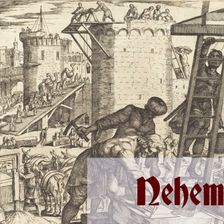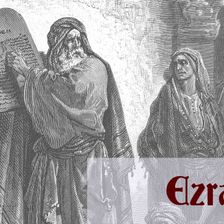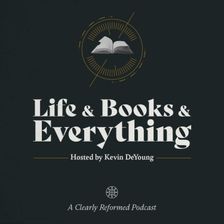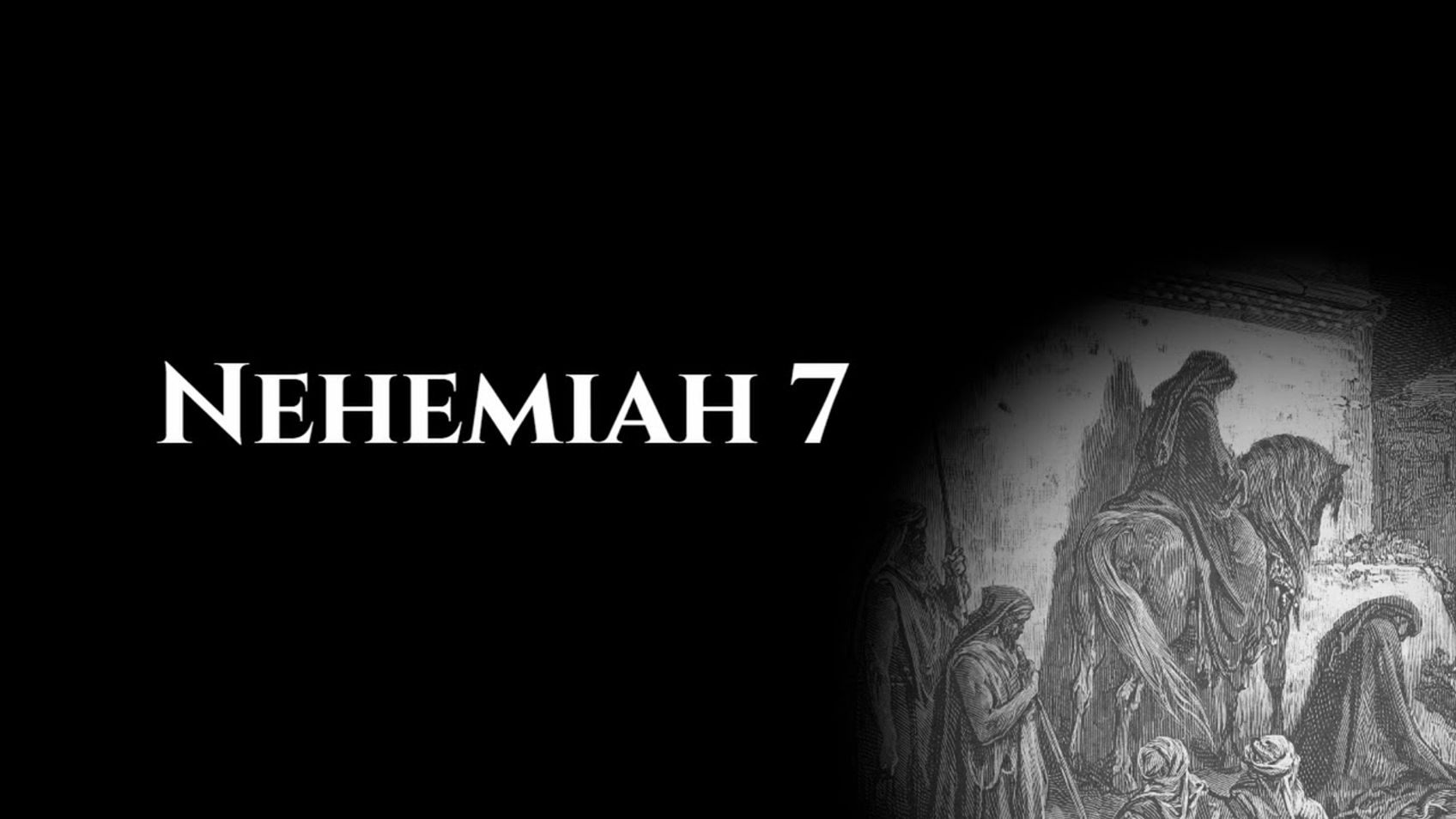Nehemiah 7
March 28, 2022

Alastair Roberts
The list of returned exiles.
My reflections are searchable by Bible chapter here: https://audio.alastairadversaria.com/explore/.
If you are interested in supporting this project, please consider supporting my work on Patreon (https://www.patreon.com/zugzwanged), using my PayPal account (https://bit.ly/2RLaUcB), or buying books for my research on Amazon (https://www.amazon.co.uk/hz/wishlist/ls/36WVSWCK4X33O?ref_=wl_share).
You can also listen to the audio of these episodes on iTunes: https://itunes.apple.com/gb/podcast/alastairs-adversaria/id1416351035?mt=2.
More From Alastair Roberts

Update: 2022 So Far, Upcoming Wedding, Forthcoming Interviews, Bible Commentary, Writing Projects...
Alastair Roberts
March 28, 2022
If you are interested in supporting my work, please consider becoming a patron on Patreon (https://www.patreon.com/zugzwanged), donating using my PayP

Nehemiah 11
Alastair Roberts
March 29, 2022
Solving the problem of Jerusalem's underpopulation.
My reflections are searchable by Bible chapter here: https://audio.alastairadversaria.com/explore

Nehemiah: Chapter-by-Chapter Commentary
Alastair Roberts
March 30, 2022
*CONTENTS*
00:00:00 - Chapter 1: Nehemiah Receives News From Jerusalem
00:07:43 - Chapter 2: Nehemiah Goes to Judah
00:15:25 - Chapter 3: Rebuilding t

Ezra: Chapter-by-Chapter Commentary
Alastair Roberts
March 27, 2022
*CONTENTS*
00:00:00 - Chapter 1: The Decree of Cyrus
00:14:51 - Chapter 2: The List of the Returnees
00:26:19 - Chapter 3: Rebuilding the Altar and Te

Ezra 2
Alastair Roberts
March 26, 2022
The list of returning exiles.
My reflections are searchable by Bible chapter here: https://audio.alastairadversaria.com/explore/.
If you are interes

Typology (with James Hamilton)
Alastair Roberts
March 22, 2022
James Hamilton is the author of a superb new book on the subject of typology, 'Typology: Understanding the Bible's Promise-Shaped Patterns—How Old Tes
More on OpenTheo

The Resurrection Standoff: Licona vs. Ehrman on the Unbelievable Podcast
Risen Jesus
October 22, 2025
This episode is taken from the Unbelievable podcast with Justin Brierly in 2011 when Dr. Bart Ehrman and Dr. Michael Licona address the question: Is t

The Historical Reliability of the Gospels: Licona vs. Ehrman - Part 1
Risen Jesus
September 3, 2025
In this episode, frequent debate opponents Dr. Michael Licona and Dr. Bart Ehrman face off on the historical reliability of the gospels. Held in 2018

Conservatism and Religious Freedom with John Wilsey
Life and Books and Everything
October 27, 2025
What is conservatism? And why does it go hand in hand with religious freedom? How should we think about the American experiment of ordered liberty? Ha

How Would You Convince Someone That Evil Exists?
#STRask
November 17, 2025
Questions about how to convince someone that evil exists, whether Charlie Kirk’s murder was part of God’s plan, whether that would mean the murderer d

Should I Leave a Church That Refuses to Preach on Divisive Topics?
#STRask
August 21, 2025
Questions about leaving a church with biblical theology because they refuse to preach on divisive topics, whether it’s okay to write an apologetics bo

“Christians Care More About Ideology than People”
#STRask
October 13, 2025
Questions about how to respond to the critique that Christians care more about ideology than people, and whether we have freedom in America because Ch

Should I Pray for Protection for Persecuted Christians When God Might Want Them to Be Martyrs?
#STRask
September 4, 2025
Questions about how to pray for persecuted Christians in light of the fact that God wills that some will be martyrs, and how persecuted Christians who

Why Do We Say Someone Was Saved on a Particular Date If It Was Part of an Eternal Plan?
#STRask
November 24, 2025
Questions about why we say someone was saved on a particular date if it was part of an eternal plan, the Roman Catholic view of the gospel vs. the Bib

“Jesus Had Two Dads, and He Turned Out Just Fine”
#STRask
August 28, 2025
Questions about how to engage someone wearing a button that reads, “Jesus had two dads, and he turned out just fine,” and how to be kind and loving wi

How Do These Passages Fit with Your View on How God Speaks?
#STRask
September 15, 2025
Questions about why, if it’s impossible to miss God’s voice, the disciples incorrectly told Paul “through the Spirit” not to go to Jerusalem, people m

What Are Some Good Ways to Start a Conversation About God with Family Members?
#STRask
October 30, 2025
Questions about how to start a conversation about God with non-Christian family members, how to keep from becoming emotional when discussing faith iss

Do Christians Need to Believe that Jesus was Raised Bodily from the Dead? Licona vs. Patterson
Risen Jesus
October 15, 2025
In this episode, Dr. Stephen Patterson, New Testament professor at Eden Theological Seminary, argues against the bodily resurrection of Jesus, contend

What Tools of Reasoning Help You Know What’s True, Right, and Good?
#STRask
December 4, 2025
Question about what tools of reasoning help us determine whether something is true or false, right or wrong, good or bad before bringing Scripture int

Why Does the Bible Teach You How to Be a Proper Slave Owner?
#STRask
November 13, 2025
Question about why it seems like the Bible teaches you how to be a proper slave owner rather than than saying, “Stop it. Give them freedom.”
* It s

Why Would Any Rational Person Have to Use Any Religious Book?
#STRask
December 8, 2025
Questions about why any rational person would have to use any religious book, whether apologetics would be redundant if there were actually a good, un
